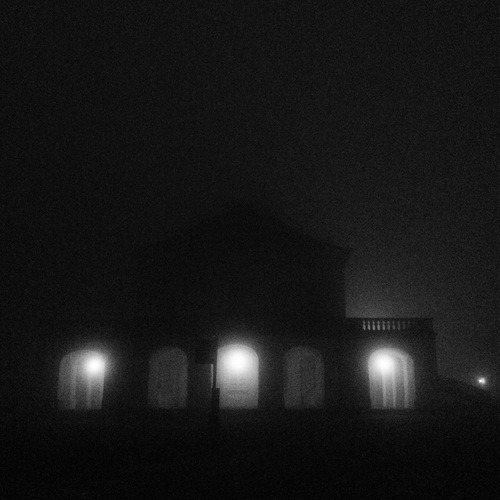So…I’m sitting in a castle in Stuttgart while my wife is a Resident Fellow at Akademie Schloss, and I’m surrounded by artists who are all receiving stipends by the government to work on their projects.

This is definitely not something one would see in the States - at least, not for art. For political thuggery, perhaps, but not art. Naturally, my thoughts turn to the role the arts have played in American education, and their slow diminishment due to budget cuts, yes, but more so, the relatively small place they hold in the public imagination. Most schools would forfeit their entire arts faculties than lose a football field, and that’s the world we live in.
I also began to reflect on what I truly know of the arts curriculum, and the degree to which I’d been faithful to that while teaching in MPX. Arts classes for me were always one note affairs, and were predominantly hour or so long periods in which I was left alone to draw, mold clay, or take pictures. The grades were always mysteries throughout the quarter but I always emerged with an A. Thus, it cannot be said I really know anything about the way art is created.
On the other hand, I have seen glimpses of it at work, whether in the efforts of my colleagues in the arts department in Hawaii or in my wife’s projects, and I have seen it in the collaborations I have done with the Arts Director in my own MPX classes. I do believe it is the key ingredient in the 21st century skills of creativity, adaptability, and innovation currently being bandied about (specially in TedTalks.) The problem is that I know how to teach history and literature in terms of a system - I can leapfrog in and out of skills work or process because I can see the whole. I can’t do that with art, and I suspect very teachers really can. Few educators really understand it - even the most gifted teachers I know struggle to define it.
I knew going in to project-based learning that i didn’t want the students’ connection to art be simply - “take a picture of something that illustrates the _____________ we have been studying.” The question is, how to capture the process of artistic creation in some way that can be integrated into the standard curriculum?
I have had a few weeks now to meet the artists here and decided to throw that question at them, in a roundabout way. I had been talking briefly about the engineering design process, which i have discussed previously in my blog.
My feeling was, folks go into a design process with a fairly clear of what they want the construction to do - the challenges of redesign focus a bit on the best way to achieve that end.
Is that the case in the artistic process? There was not a consensus answer to that question - some said a clear vision was critical, while others said the artist’s intent was the catalyst, and others said - “who the hell knows”- but there was a general agreement that whatever emerged at the end of the process was often nothing like what initiated it.
The architect said something like - “art is the process of deconstructing meaning from the world and examining yourself in relation to that.” What occurred to me from that is perhaps while the engineering process is meant to get you as close as possible to a product that carries out your goal, the artistic process is designed to get you closer to a statement of meaning - that the product that emerges is less important than the process of becoming and the future debates that take place around your statement.
I asked - “does this mean that artists spend 90% of their time in the first stage - of clarifying intent or vision?” In other words, is the goal of the artistic process just to get an answer to step 1? Does the process and the product serve the “Definition?”
If that is a truth, or some approximation of a truth, it would imply that the frequent discussions, collaborations and reflections do the hard work of helping the artist define her or his meaning-slash-intent. "That is in fact the case,“ said the architect, and my wife, and several others.
This idea, this artistic process is something I’d like to investigate a little more while I’m here. This is certainly something we stumbled across in MPX. Our near constant reflections, our constant discussions - what do we know, what do we need or want to know, what do we know with our knowledge or understanding - our endless rounds of critique and self-feedback, and the final rounds of self and peer evaluations… It appears we were closer to an understanding of the artistic process than we knew.
But the exhibit seems contrary to the goal of the process, in a sense. If the final piece serves the goal of helping the artist think through to a deeper vision, this reminds me of the process of creating and then destroying the mandala in Buddhist practice. The piece matters less than the process, or the enlightenment that occurs from it. What is the goal of the art that is constructed in our western world? What is the goal of its exhibit?
A former Fellow, and one who has gone on to make a splash on both TED and the Colbert Report, called his work ”critical or discursive design“ and summarized it by saying:
farmweather liked this
wundermaus liked this
pwninghistory posted this
